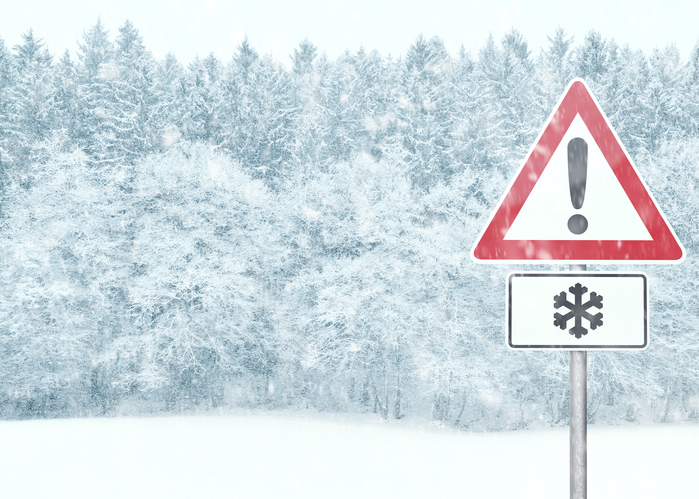
Winter Weather Risk Management Advice
Risks come in all shapes and sizes
If there’s been a frost overnight, I make sure I wrap up warm with hat, gloves and scarf before heading out. Then I’ll de-ice the car. I’ll also double check the weather forecast and pack any emergency equipment (blankets, water, fuel can etc.) so I’m prepared if something happens.
For businesses coping with winter conditions the process is the same; assess the risks, take suitable precautions, and have a plan in place if the worst does happen.
So instead of putting on a coat, hat and scarf, lag pipes to stop them freezing and put the heating on to keep temperatures above 4ºC. Know where your premises’ stopcocks are, so you can shut the water supply off quickly if a pipe bursts, and make sure you have enough oil for heating systems, as suppliers may close over Christmas.
Things to think about this winter
Every business is different and has its own unique risks which will need to be thought through. However, every business owner needs to think about the following to safeguard their business against the perils of winter weather and the holiday season in general.
• Keep an eye on the weather forecast. The Met Office is a good source for daily weather information.
• As well as the cold, you should consider wet and stormy conditions. You can check the risk of flooding for your premises here.
• Maintain background heating during cold periods to keep your premises’ temperature above 4°C.
• If you’re at risk of flood create a flood plan. Your NIG Risk Control Surveyor can help you develop one, taking into account your specific level of risk.
• Check your property is in good condition, especially roofs and fences. This will reduce the chance of damage in high winds. Also, secure any loose items to prevent them causing damage to buildings or other business assets in high winds.
• Work out who will keep an eye on the premises during the holidays. Returning in January to find a pipe burst a week previously would not be good for business.
• Develop a plan for clearing snow and ice from paths and roadways, and maintaining grit/salt stocks. Put signs up to warn visitors of hazards and direct them onto safer routes.
• Check roofs and guttering. Gutters blocked with autumn leave, plus wetter winter conditions often lead to increased risk of water entering the premises. So make sure they’re clear and in good condition.
• If your business premises have open fires make sure chimneys are properly swept, you use fireguards, they’re supervised, and that you’ve developed a proper damping down plan.
• Be careful putting up fairy lights and Christmas decorations. Don’t overload sockets with lots of plugs, keep decorations away from lights and heaters, and ensure employees use the right equipment to put and take down decorations.
• Develop a Business Continuity Plan (BCP) to minimise interruptions to your business. That way, you know what to do if something happens. Our insurers contribute to RISC Authority who have developed some free software to help with business continuity planning. You can find it here.
• Of course, there may be other risks specific to your business that are greater during the winter. I’d encourage all businesses to think about the risks specific to them, to mitigate any risks they can, and to develop a response plan if the worst happens.

